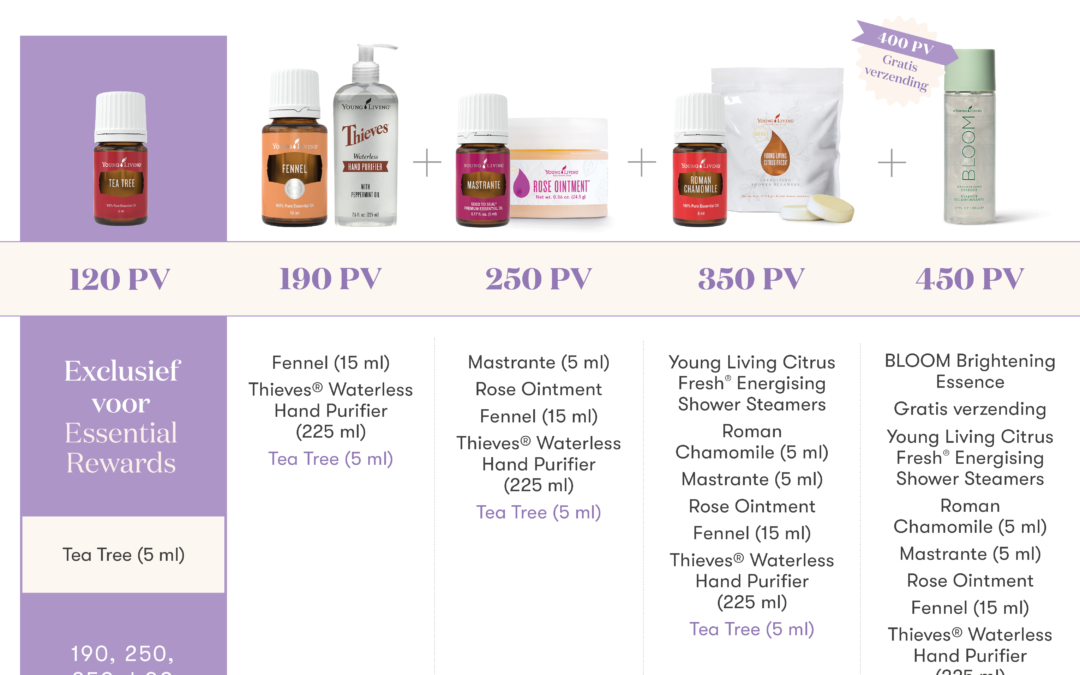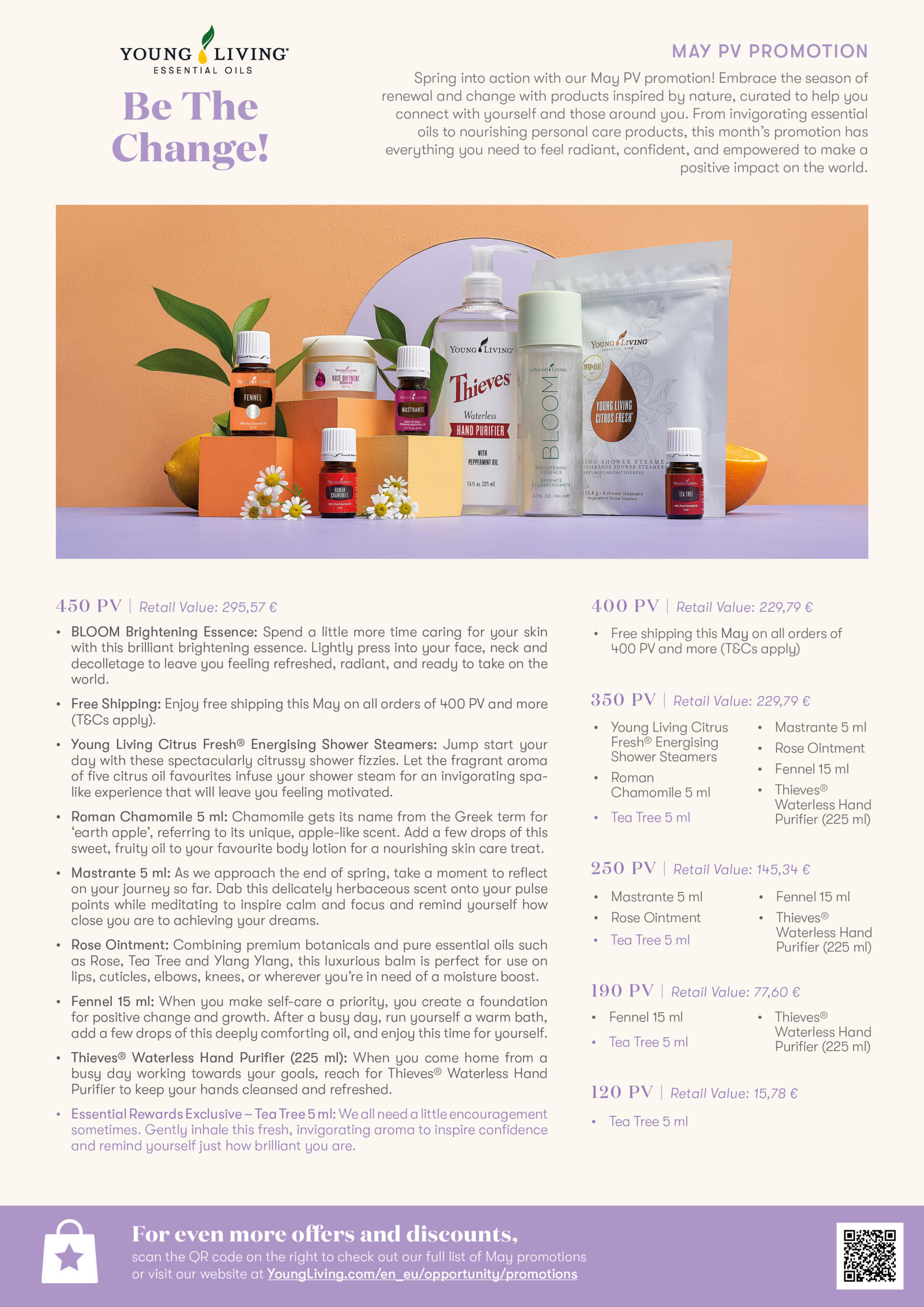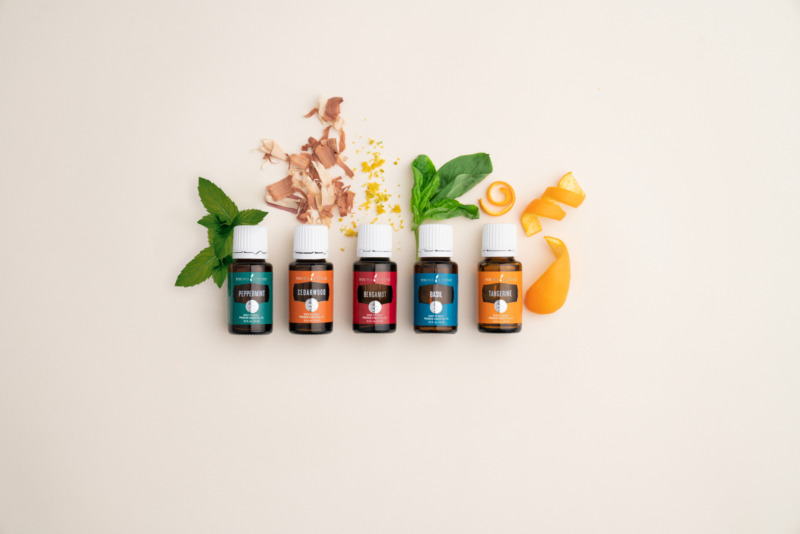
by Ed Slingerland | Jun 1, 2023 | Blog, frequently asked question, Newsletter
Can essential oils go bad?
If you have a collection of essential oils, you’ve probably wondered, “Can essential oils go bad? Do essential oils go bad?” The answer is: not really! Essential oils don’t go bad the same way as food or other items, but they undergo an oxidation process that begins as soon as the bottle is opened and the oil is exposed to oxygen in the air. Light and heat also enhance oxidation.
It is important to understand what oxidation is…
When an oil comes in contact with oxygen, ultraviolet light and heat, its composition begins to change. The oxygen bonds between molecules are converted to carbon bonds. Over time, the essential oil begins to lose its potency and effectiveness as its chemical composition is broken down by oxidation. This is why most essential oils are sold in amber bottles; the dark glass provides better protection from ultraviolet light. Although essential oils do not “go bad” like food, they change over time. Because of these changes, we cannot fully determine the exact composition of essential oils after oxidation and recommend using oils aromatically only after the recommended shelf life has expired. The good news is that there are a few simple things you can do to slow the rate of oxidation and extend the life of your oil.
How do I extend the shelf life of essential oils?
Extending the shelf life of your oils is pretty easy! Just follow these tips:
- Keep them sealed
- Store them in dark amber bottles
- Keep them out of direct light and heat.
- Essential oils on a shelf
What is the shelf life of common essential oils?
Many essential oils have a shelf life of about 2-5 years if stored in sealed, dark glass bottles kept out of direct light and heat. Some oils such as Patchouli, Sandalwood and Vetiver can last 6-8 years. Here are some timelines for popular essential oils: 1-2 years: Lemon, Lime and Tangerine 2-3 years: Bergamot, Black Pepper, Copaiba, Cypress, Frankincense, Helichrysum, Lemongrass, Melissa, Rosemary, Spearmint and Tea Tree. 3-4 years: Cardemon, Cinnamon Bark, Sage, Eucalyptus globulus, Lavender, Myrrh, Thyme and Vanilla oleoresin. 4-5 years: Blue Tansi, Cedarwood, Peppermint, Wintergreen and Ylang Ylang. Although they don’t expire, essential oils can eventually oxidize to the point where you may need to replace them. Here are a few ideas for what to do with essential oils when they reach that point:
- Diffusion: As long as you still enjoy the scent of the oil, diffusion is perfectly safe.
- Washing: Keep fibers smelling their freshest by using a drop or two in your laundry. Be sure not to apply the oil directly to the fabric!
- Cleaning: Use them in everything from refrigerator freshener and window spray to potpourri, cleaning fizzies, and more!
- Repurpose: Empty essential oil bottles can be used in dozens of creative ways, from craft supplies to DIYs.
Now that you know all there is to know about essential oil oxidation and how to minimize its effects on your essential oils, we hope you feel more confident in your ability to build and maintain a collection of essential oils as you use them in every aspect of your life.
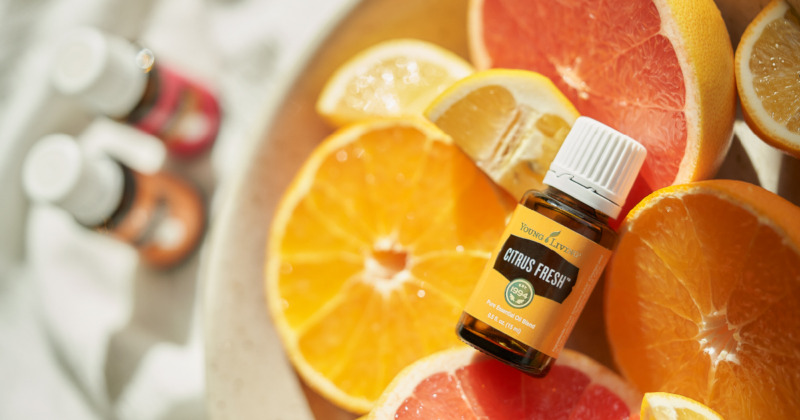
by Ed Slingerland | Jun 1, 2023 | Blog, Did You Know?, Newsletter
An essential oil can cause photosensitivity?
While known for their bright, summery scents, citrus oils are among the most common essential oils that cause photosensitivity. That’s because compounds found in citrus oils—known as furanocoumarins—greatly increase UV sensitivity. And while most photosensitive oils are citrus, other oils can contain compounds or mixes of compounds that have the same effect as furanocoumarins, meaning they’re not sun-safe either. Always check the label before application to determine the oil’s photosensitivity.
How can I know if an oil causes photosensitivity?
All of Young Living’s essential oils that cause photosensitivity are labeled. Lemon, Lime, Grapefruit, Orange, Bergamot, Tangerine, Peace & Calming®, Stress Away™, Citrus Fresh™, Gentle Baby™, and Joy™ are some of Young Living’s popular oils that cause photosensitivity, but other oils can come with these risks as well. Always check the label to see what cautions are associated with the oil you’re using.
How does Young Living decide a blend is photosensitive?
Gaging by the amount of photosensitive oil in the blend, Young Living can safely determine whether a blend is safe in the sun.

by Ed Slingerland | Apr 2, 2023 | Blog, Did You Know?, News
Inhaling Clary Sage oil helps with hormone imbalance?
During once study in 2014, published in the Journal of phytotherapy research, it was found that inhalation of Clary Sage oil may help reduce cortisol levels by 36% and also help to improve thyroid hormone (TSH) levels. The study was conducted on twenty-two postmenopausal women over the age of 50, some of these ladies were even feeling depressed. At the end of the research process, it was found that there was significant progress.
So helping to lower the cortisol stress hormone has been shown to also improve mood as a result. This is just one of many studies showing that Clary Sage has a positive impact on hormonal imbalance. The greatest benefit of Clary Sage is that it provides balance by reducing the production of estrogen in the body. Thus, this oil can offer much for many health challenges caused by extra estrogen in the body, partly and often caused by consumption of high-estrogen foods. Because Clary Sage helps balance estrogen, it is incredibly effective in a wide range of hormonal imbalances.
So whether you are looking for natural help against cramps during your period, or perhaps already know you have excess estrogen in your body, Clary Sage is an essential oil to consider and add to your daily essential oil regimen.
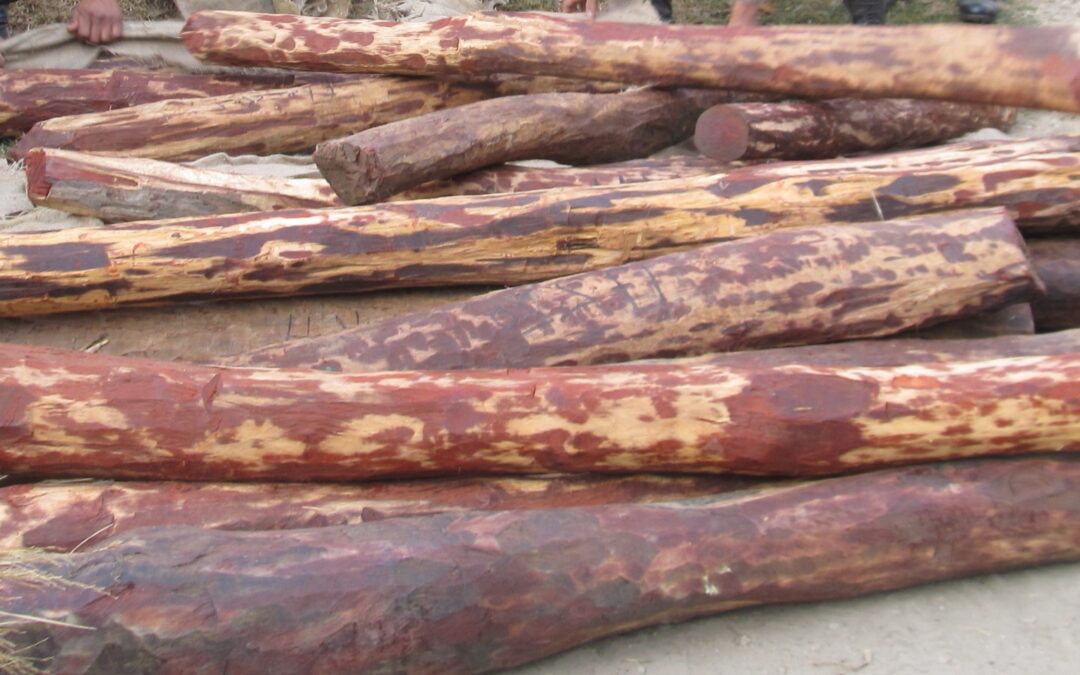
by Ed Slingerland | Apr 2, 2023 | Blog, frequently asked question, Newsletter
Can essential oils also help men with hormone imbalance?
Of all the essential oils for hormones, Sandalwood oil is most effective in helping to balance testosterone levels in men, but of course in women as well. Sandalwood is also a natural aphrodisiac, making it a common ingredient in perfumes for men. It has a wonderful masculine scent.
For men with low testosterone, the advice is to add a few drops of Sandalwood oil to your homemade deodorant or your homemade body cream. Not only is it a great way to smell amazing, it is also a way for helping improve your libido and helps with hormonal imbalance.
You can mix all essential oils very easily with a good organic, carrier oil like Young Living’s V-6 or just nice smelling coconut oil. Smear it on different areas of the body, this way the oil is absorbed through the skin into the bloodstream throughout the body.




